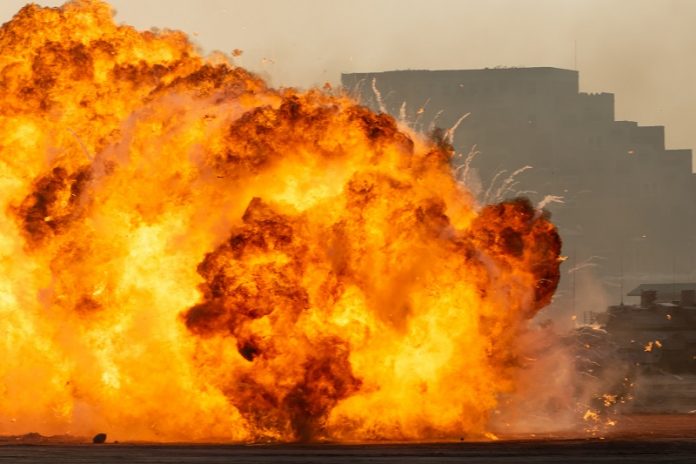
With Ukrainian resistance standing its ground and proving formidable against invading Russian forces, it’s possible the ground war waged for the past two weeks by Russian President Vladimir Putin could continue for some time, Northeastern experts say.
And if the U.S. and its NATO allies are going to avoid becoming militarily involved in a conflict that could spill over into other Western nations.
This may potentially ignite a third world war and developments in the coming days will prove critical, says Mai’a Cross, the Edward W. Brooke Professor of Political Science and International Affairs at Northeastern.
“The next few weeks are going to be crucial in terms of figuring out whether the war spreads beyond Ukraine,” Cross says.
“Russia is not doing so well on the ground, and is ramping up missile and airstrikes. That risks an accidental crossing into the border of a NATO country. The question is how NATO would respond to that.”
If there are accidental or purposeful Russian strikes into NATO territory, it would trigger Article 5 of the Western treaty, which would necessarily provoke a military response from the U.S., Cross says.
It’s likely that would spark a conflict between the West and Russia on the order of a world war, as it would involve most of the world’s superpowers, she says.
What that conflict could look like varies.
It’s possible, Cross says, that U.S. and NATO involvement would remain conventional, meaning it would involve the deployment of air and ground forces—tanks, artillery, military helicopters, and fighter jets—to beat back Russia’s forces.
What would a world war mean for those superpowers not currently tangled up in the conflict? In the case of China, the world’s second largest superpower, it’s unclear—even though the Chinese Communist Party has been critical of the U.S.’s role in the conflict, suggesting that NATO encroachment has provoked Russia, Cross says.
“But what we’ve seen, especially since the invasion, is China trying to distance itself from Russia, offering itself up as a moderator and trying to find a peaceful solution,” Cross says.
Despite Russian setbacks in Ukraine, U.S. intelligence has indicated that Putin is determined to succeed, doubling down on tactics that have increasingly led to civilian deaths.
On Wednesday, a Russian airstrike hit a maternity hospital in the southern Ukrainian city of Mariupol, which has been under heavy shelling by Putin’s army for more than a week.
“Part of Russian strategy now is to attack Ukrainian civilians,” Cross says. “They know that advancing by ground into these Ukrainian cities would be difficult to win without sustaining a lot of casualties.
So sitting back more and targeting these cities from afar with missiles allows you to spread destruction faster. The unfortunate byproduct of that is civilian deaths.”
For days, Ukrainian President Volodymyr Zelenskyy has called on the U.S. and its allies to implement a no-fly zone in Ukraine to prohibit Russian planes from flying over Ukrainian territory.
But President Joe Biden and other allied officials have rejected the idea, citing the risks of a military confrontation between the West and Russia that could quickly escalate into something worse.
“A no-fly zone is not a possibility at all, because Russia would interpret that as a clear act of war,” Cross says.
Would World War III, if it happens, inevitably involve nuclear weapons? It’s more than possible, says Stephen Flynn, founding director of the Global Resilience Institute at Northeastern.
“We’re still in the atomic age,” Flynn says. “I know it feels like we haven’t had to pay attention to that fact for some years, but the reality is that Russia and the United States have enough nuclear weapons to destroy the world many times over.”
Written by Tanner Stening.




